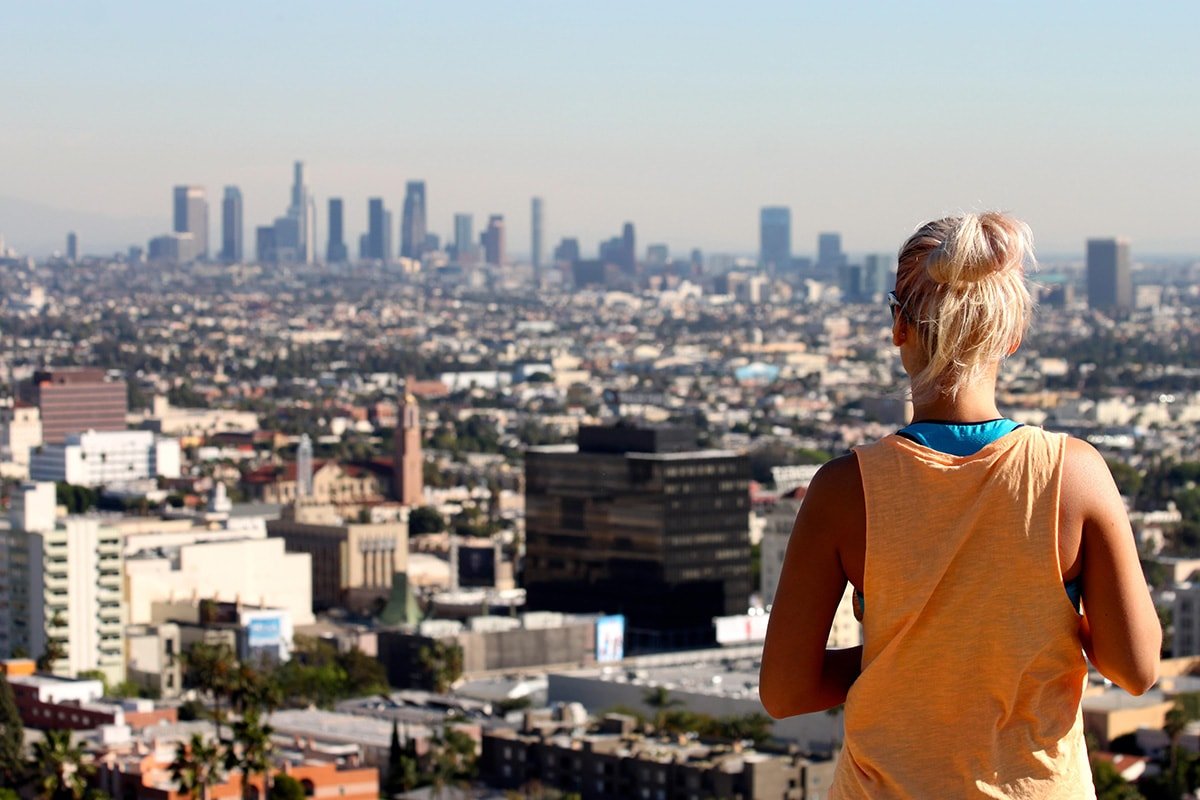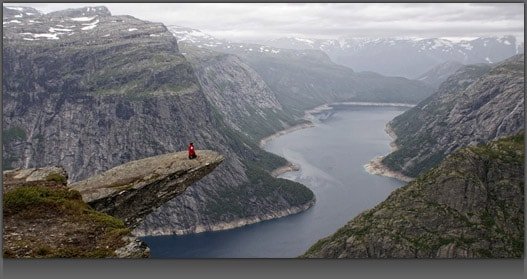Recently my mother met a friend on the street. “How’s your son doing? the friend asked. “Is he still unemployed?” “Yes,” my mother replied, “but he’s meditating now, so at least it’s better than sitting around doing nothing.”
That was actually a joke, but it’s pretty close to the truth for me. The funny thing is that after years of studying and practising advanced meditation techniques, I have come to the conclusion that ‘doing nothing’ is indeed a key factor in the Way of Meditation and also a way to not suffer as 16th French Philosophy Blaise Pascal says:
“All of humanity’s problems stem from man’s inability to sit quietly in a room alone.”
In the context of a meditative way of life, doing nothing can be experienced as the stillness of sitting meditation, as a form of mental surrender, as effortless performance, intuitive action, open receptivity to constantly changing circumstances or at its peak as an experience of immanent completeness without anything to be done and nothing to be sought after.
The art of doing nothing is not a passive state; the Taoist term for the art of doing nothing is ‘wei wu wei,’ which means:
…the ‘action of no action,’ a way of acting without trying to act. Action happens by itself, spontaneously – rather than being contrived, it is more direct and natural.
The Zen masters of old would speak of a non-intentional movement inspired by ‘no-mind,’ a way of being that is not driven by thoughts or contrivance but instead initiated by spontaneous intuition. In modern Western terms, I think an example of this type of action can be found in sport. Athletes have described a performance state of effortlessness and no-thought called being in the ‘zone’ which unlocks their fullest potential and allows athletes to perform amazing feats with a sense of grace and ease.
Alan Watts describes doing nothing superbly in his book “Tao: The Watercourse Way” where he describes the predicament of the average person as being like someone trapped in a river, clinging to the river bank. The average person is kept prisoner by holding on, flailing around in the mud around the edges and trying to escape. Watts explains that doing nothing is akin to letting go of the edges and literally going with the flow of the river.
All that’s necessary to access the ‘zone’ or ‘no-mind’ or ‘wei wu wei’ is to let go, and go with the flow; trim the sails and go with the wind. Theart of doing nothing, does not cling or grasp but instead moves along effortlessly and smoothly with the current. No effort is required once you have initially made the effort to let go of the bank, but really, letting go is not “doing” something, it’s more like undoing something. By letting go you achieve everything. As Lao Tzu says in the Tao Te Ching:
“I do nothing and yet nothing is left undone.”
During formal sitting meditation, doing nothing with your thoughts is the main component of a powerful technique at the core of Buddhist practice. Tranquillity meditation involves detachment from thoughts, not following thoughts and also not pushing them away. Just letting thoughts be, the skill of doing nothing with thoughts and being able to rest naturally. ‘Zazen,’ the core Zen Meditation practice, literally means ‘just sitting,’ which is pretty close to just doing nothing. this just sitting is not a means to an end like creating a cause to achieve enlightenment, but as Zen Master Dogen implies: just sitting is the expression of the realisation that enlightenment is already here and there is no ‘there’ to get to.
“If you cannot find enlightenment right where you are, where else do you expect to find it?”
Tibetan Meditation Master Dzongsar Khyentse Rinpoche explains how ‘doing nothing’ during meditation can heal and purify our minds:
“Meditation is one of the rare occasions when we’re not doing anything. Otherwise, we’re always doing something, we’re always thinking something, we’re always occupied. We get lost in millions of obsessions and fixations. But by meditating — by not doing anything — all these fixations are revealed and our obsessions will naturally undo themselves like a snake uncoiling itself.”
 Doing nothing is also a way to become intimately connected with all that is because there is no resistance to anything you experience. There is no agenda, nothing to be changed and nothing to be done, simply open receptivity to the now. Not having to change anything to achieve peace is the radical and powerful way of meditation. In fact, meditation master Tilopa, in a famous 10th-century meditation teaching given by the Ganges in India advised that the best action is free of action, that the highest of all types of conduct is no-action. In the same way that action can exist within ‘no-action,’ stillness can exist within movement as the balance point out of which movement occurs. Eckhart Tolle describes two types of action in his book Stillness Speaks: “one operates through thought, the other through stillness.“
Doing nothing is also a way to become intimately connected with all that is because there is no resistance to anything you experience. There is no agenda, nothing to be changed and nothing to be done, simply open receptivity to the now. Not having to change anything to achieve peace is the radical and powerful way of meditation. In fact, meditation master Tilopa, in a famous 10th-century meditation teaching given by the Ganges in India advised that the best action is free of action, that the highest of all types of conduct is no-action. In the same way that action can exist within ‘no-action,’ stillness can exist within movement as the balance point out of which movement occurs. Eckhart Tolle describes two types of action in his book Stillness Speaks: “one operates through thought, the other through stillness.“
…It is precisely this operating from stillness that is the art of doing nothing, the art of stillness in motion.
Doing nothing is not a static state of affairs, because that’s impossible. Every thing is moving, including our own mind and body; doing nothing means you flow effortlessly and harmoniously with the unending circumstances of life with the flexibility to accept constant fluctuation. Surrendering to the unpredictable flow of life brings with it the capacity to love easily as you recognise your connection with all that is. Of course, this does not mean that your life will suddenly be perfect. It does mean that you can find grace and freedom in any situation because the art of doing nothing is inherently harmonising and as Bruce Lee says:
“Simplicity is the key to brilliance.”
Once you are skilfully ‘doing nothing,’ you are moving along life effortlessly and learning to trust the essential practice of non-grasping and non-contrivance. This allows you to maintain an ongoing, meditative, natural state of ease, whether the river current is tumultuous or gentle. The trust in the flow comes from our direct experience of doing nothing and just being, discovered in the silence of meditation practice. This is where we uncover the silent ‘nothing’ within that is actually full of love, bliss and wisdom. There is nothing to do because we are already that which we seek. Meditation master Chogyam Trungpa calls this discovering our ‘basic goodness.’ The art of doing nothing, then, is the art of letting go into the flow of basic goodness.







Leave a Reply